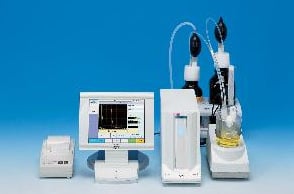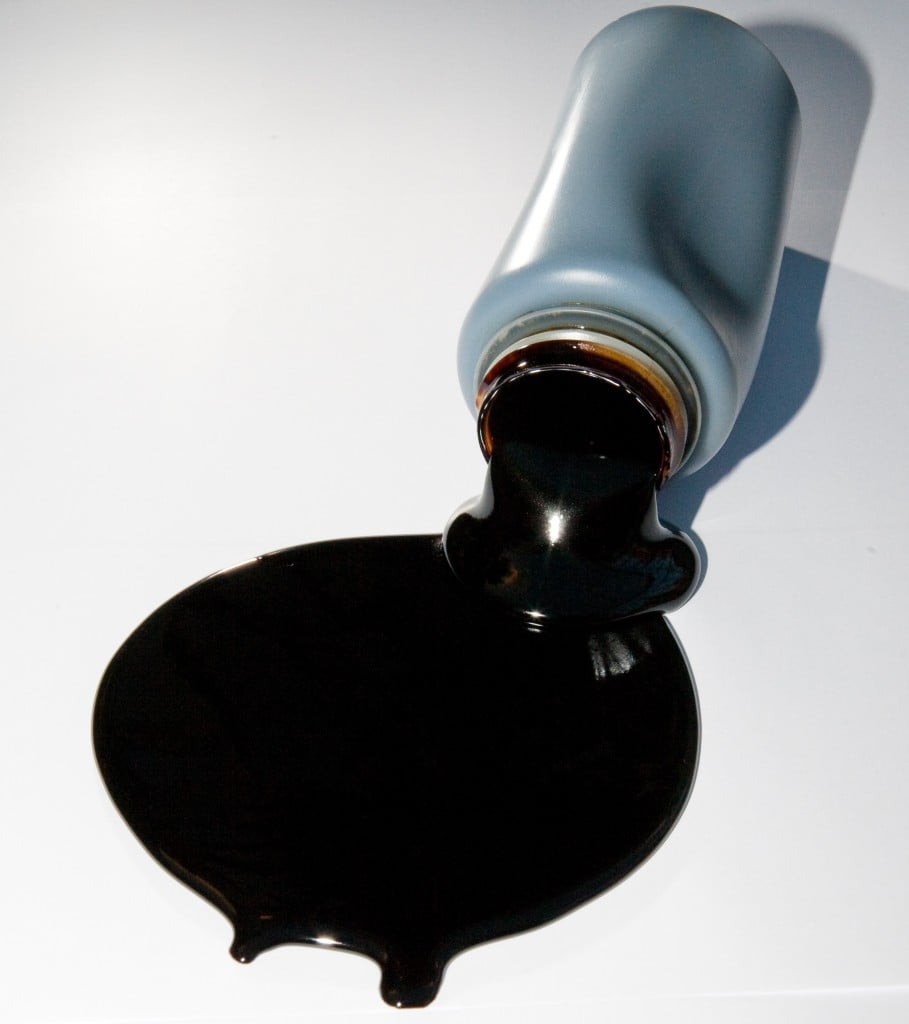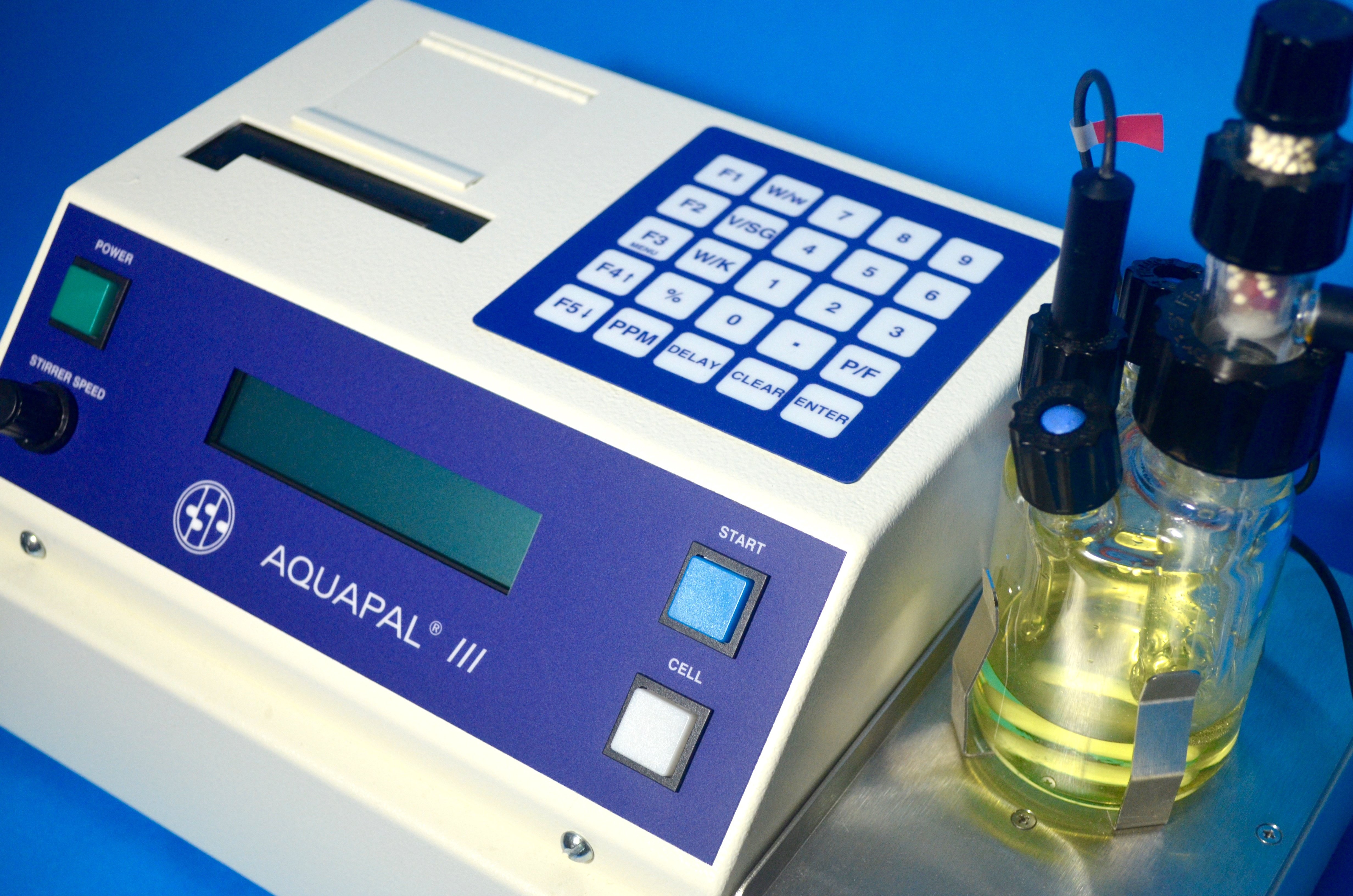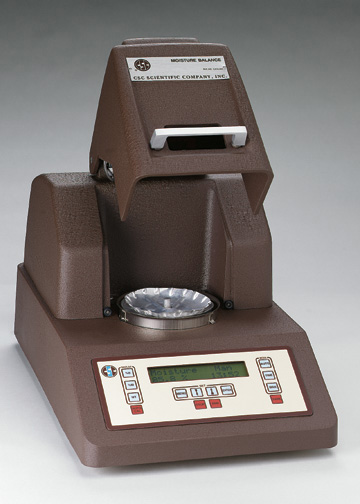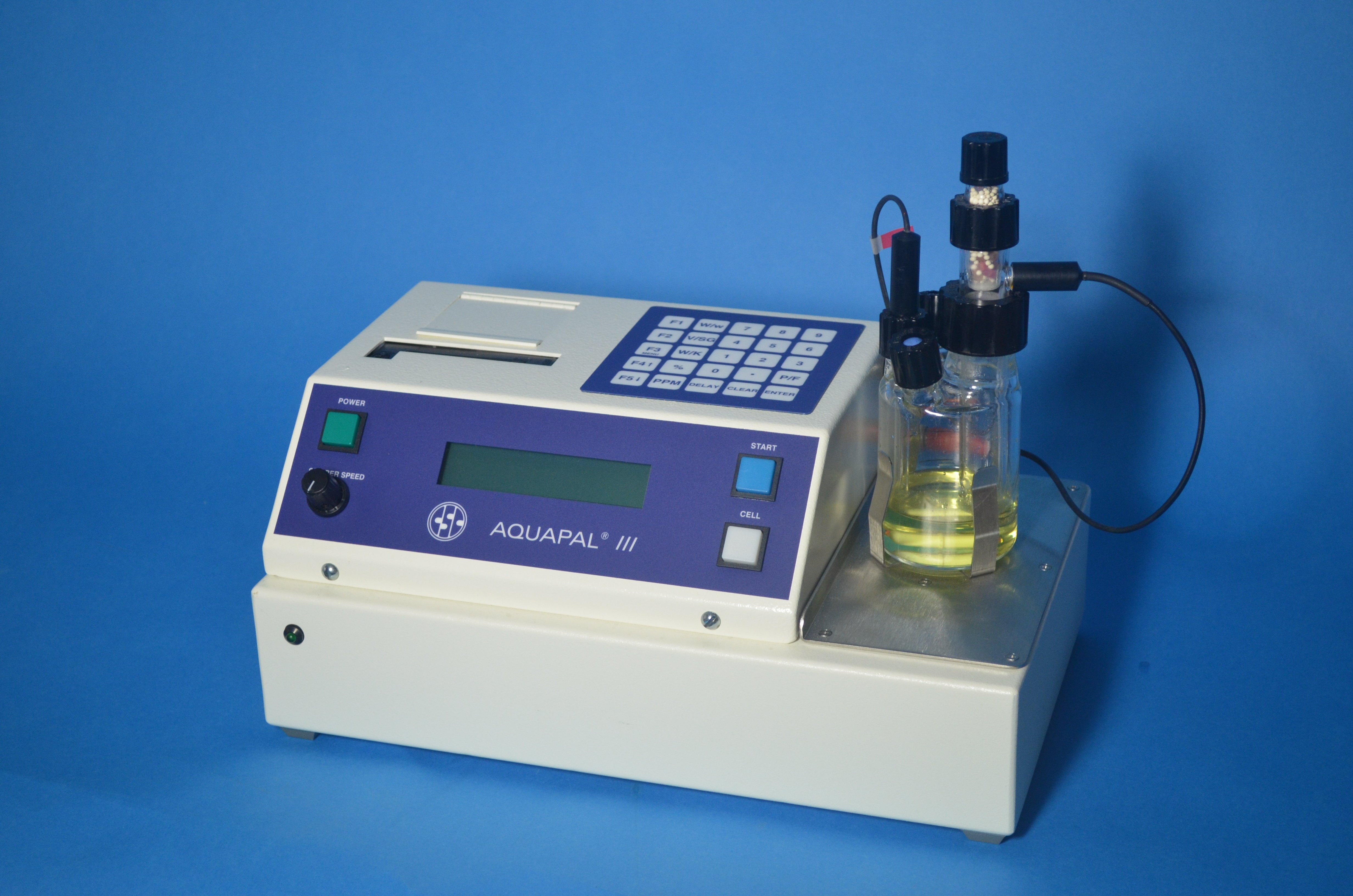
Regularly I’m asked the question; “How accurate is this moisture balance?”
The questioner asks for the answer in terms of percent (%) moisture. When I answer “it depends”, I always get the unspoken response, “Why did I ask this stupid idiot?”
Absolute Measurement
When inquiring about the precision of measurements such as weight or temperature, the responses are clear-cut and tied to the accuracy of the instruments. For instance, 25 grams or 50 degrees with a margin of plus or minus (+/-) 0.1 gram or 1/2 degree.
Percent is A Relative Measurement
When questioning the accuracy of your percentage reading, the answer can be quite complex. This complexity arises from the fact that percentage (%) is a relative measurement. Take, for example, the outcome of a Loss on Drying (LOD) moisture test, which is heavily influenced by the size of the sample used.
To better grasp this concept, consider how the result of an LOD moisture test is derived. It involves subtracting the weight of the sample at the end of the test from its initial weight, and then dividing this difference by the original weight of the sample. This calculation ultimately yields a % moisture reading.
Sample Size
The upcoming analysis will shed light on the impact of both sample size and instrument precision. We will delve into a sample containing 23.5% moisture, examined using an electronic LOD moisture balance with a sensitivity of 0.001 grams and a repeatability of +/- 0.005 grams.
Sample Analysis
Read More
Topics:
Moisture Analysis,
Moisture Testing,
CSC Digital Moisture Balance,
Loss-On-Drying,
Moisture,
moisture balance,
instrument accuracy
As usual when we pose a question, like:
Should you use Coulometric or Volumetric Karl Fischer to measure moisture in your product?
We often get a the reaction, “So Who Cares?” We'll try to answer both questions.
Read More
Topics:
Coulometric Karl Fischer,
Volumetric Karl Fischer,
Moisture Analysis,
Moisture Testing,
Karl Fischer,
Karl Fischer Titration
Karl Fischer Titration and Loss-on Drying (LOD) are both methods for determining moisture content in a product.
That’s where the similarities end, though. In this article, I will explain the difference between Karl Fischer Titration and Loss-on Drying, and offer some suggestions to help you choose the right method for your application.
Read More
Topics:
Moisture Analysis,
Moisture Testing,
Karl Fischer,
Karl Fischer Titration,
Loss-On-Drying
When our customers tell me about the different places where CENCO and CSC Digital Moisture balances are used it always interests me.
Read More
Topics:
Moisture Analysis,
Moisture Testing,
Loss-On-Drying,
Moisture,
moisture content,
water content measurement
The most popular was to measure include:
- Drying the material and measure the weight loss
- Using a calibration and electronic instrument
- Using a titration method such as Karl Fischer
When using these processes, we take for granted that the results will be the product's actual moisture.
Read More
Topics:
Evaporation,
Moisture Oven Test,
Infrared Moisture,
Moisture Analysis,
Moisture Testing,
Karl Fischer Titration,
Loss-On-Drying,
evaporator oven
Topics:
Coulometric Karl Fischer,
Moisture Analysis,
Moisture Testing,
Karl Fischer Oven,
Karl Fischer,
Karl Fischer Titration,
Loss-On-Drying,
Moisture,
interfacial tension,
moisture content,
moisture measurement
What seems like a million words ago, I began this journey explaining the simplest approach to measuring or determining moisture: Loss-on Drying. Little did I know how involved and esoteric it would become.
This voyage has taken me down mysterious paths through spooky theories, back to age-old chemistry concepts and into the vagaries of thermodynamics related to evaporation, vapor pressure, bound water and water activity. I have come full-circle; back to explaining Loss-on Drying -- a form of drying that I had assumed would be the simplest of all.
I thought the first four topics [evaporation, vapor pressure, bound moisture, water activity] were tough, complex, confounding and less-than-obvious. Drying -- defined as “the mass-transfer process of removing water (or other solute) by evaporation from a solid, semi solid or liquid” -- seemed easy.
As is often the case, reality makes “easy” a non-operative word. Such has turned out to be so with respect to the issue of drying.
Read More
Topics:
Free Moisture,
Moisture Sorption Isotherm,
Moisture Oven Test,
Moisture Analysis,
Moisture Testing,
Loss-On-Drying,
Moisture
In my previous missive about Loss-On drying, we discussed Vapor Pressure -- because logically it was next. As we continue to explore moisture, we learn how vital vapor pressure is when regarding the quirky issues of free and bound water.
Read More
Topics:
Evaporation,
Bound Moisture,
Free Moisture,
Moisture Analysis,
Moisture Testing,
Karl Fischer Titration,
Praxis Moisture Balance,
Loss-On-Drying,
Moisture,
karl fischer moisture,
water content measurement
A while ago on these pages I agonized about loss-on-drying moisture analysis . As you may recall, my explorations of the drying process overwhelmed me with evaporation concepts , vapor pressure notions, water content complexities and water activity witchcraft, all just to dry something.
Read More
Topics:
Evaporation,
Moisture Analysis,
Moisture Testing,
Loss-On-Drying
One quiet night, I was musing over moisture analysis and how easy it is to do using loss-on drying. Little did I know what was in store.
Read More
Topics:
Evaporation,
Moisture Analysis,
Moisture Testing,
Loss-On-Drying,
Moisture,
moisture balance,
moisture content


